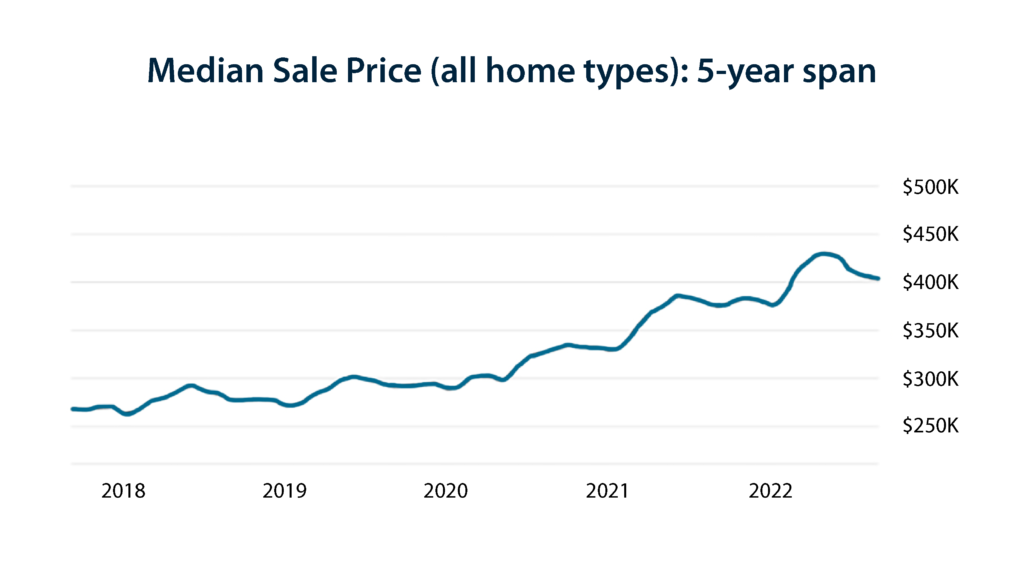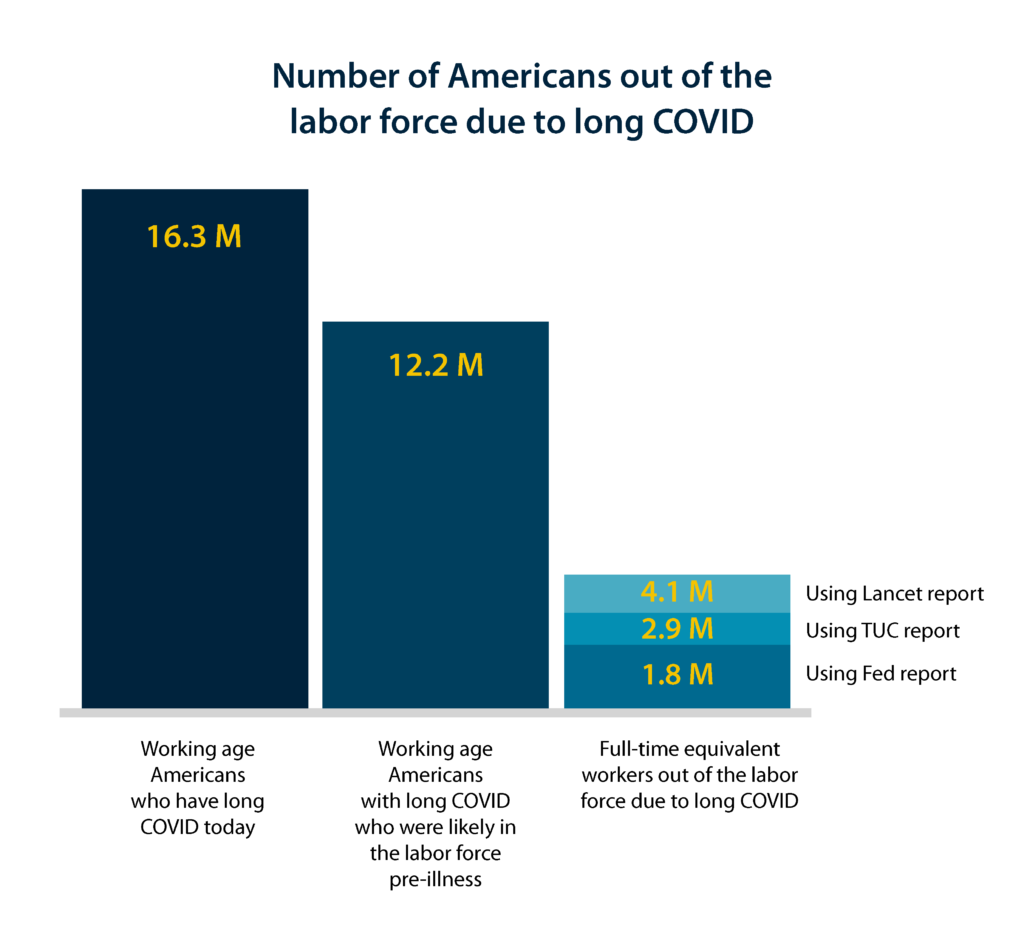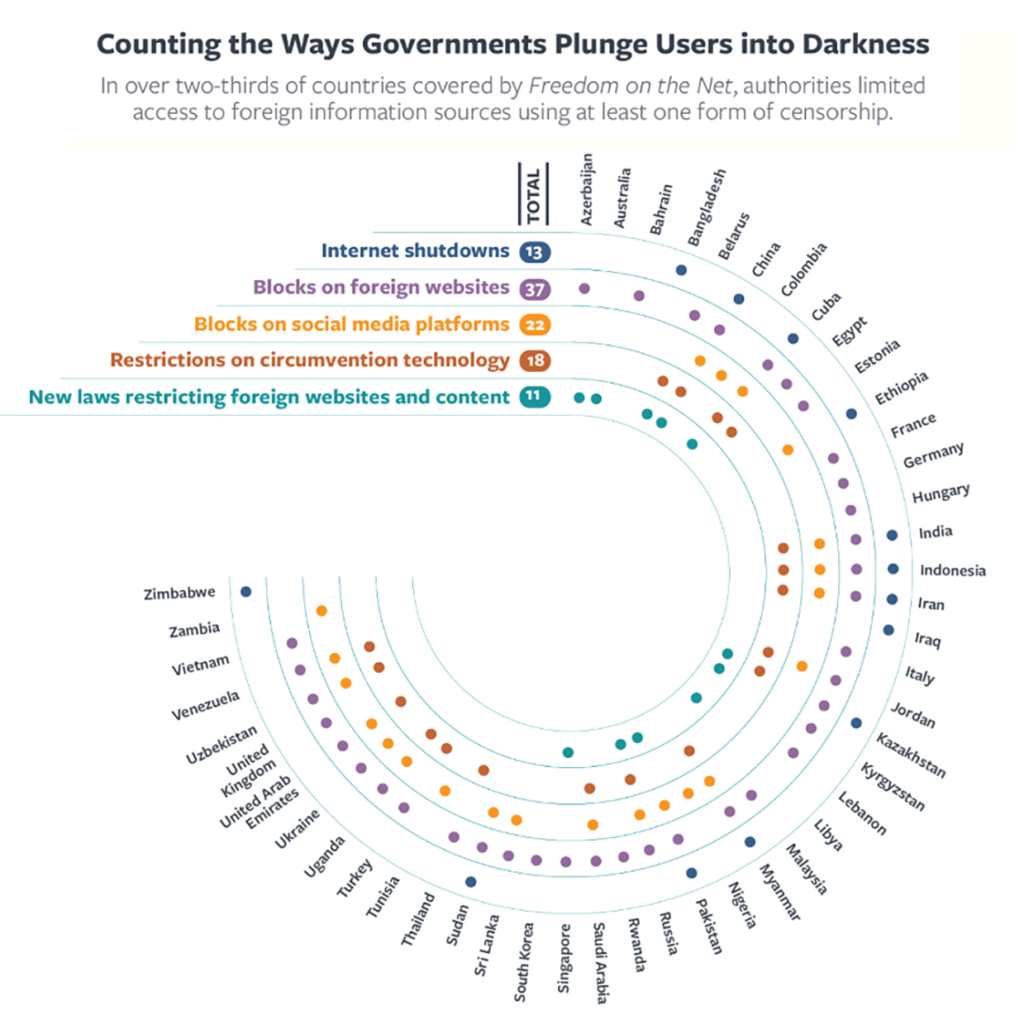Social trends for 2023 and beyond

Editor’s note: This article is part of an annual four-part series on trends impacting small and midsize businesses. In Part 4, we study social trends for 2023.
Americans have highly disparate outlooks on social issues, often shaped by their geography, demographics and political affiliation. We offer a non-political viewpoint of high-level topics impacting all Americans.
Other 2023 trends
Part 1: Technology trends for 2023 and beyond
Part 2: Ecological trends for 2023 and beyond
Part 3: Economic trends for 2023 and beyond
Special Report: The State of Employment and Wages
Health care costs rise
Health care inflation had fluctuated leading up to and after the passing of the Affordable Care Act. Employers, health care providers and insurance companies are struggling in the post-COVID era as they navigate new protocols, ailments and viruses such as respiratory syncytial virus (RSV).
McKinsey forecasts health care costs to rise an average of 7.1% between 2022 and 2027 — much faster than the projected growth of GDP. i Likely implications of rising health care costs include:
- Insurance providers will place more emphasis on telehealth. Medical organizations may refer less severe patients to less complicated and more budget-friendly clinics.
- The use of technology may improve the productivity of healthcare professionals. New technologies will become more prevalent in the medical industry. Such technologies may be related to the advanced implementation of AI and internet-connected devices in care delivery and waste management.
- U.S. medical organizations will attempt to reduce administrative costs through improved process management and automation tools.
- Reduction of benefits and recalibration of plans, including more mental health services.
Softening of the real estate market
Home prices are finally starting to soften, with the S&P CoreLogic Case-U.S. Shiller National Home Price NSA Index sliding in August for the first time in 10 years. The West is slowing the fastest in markets such as Los Angeles, San Diego, Denver, Phoenix and Las Vegas. Yet foreclosures remain low, and the market is stable.
Interest rates are at the highest level since 2002, and mortgage demand plunged 50 percent since the new year, driving up the average payment by more than 40 percent. The Mortgage Bankers Association (MBA) predicts that the national housing mortgage rate may come down to 5.4% in 2023. Lawrence Yun, chief economist at the National Association of Realtors (NAR), forecasts zero housing price growth in 2023.

Source: Redfin
Consumer behavior
This year should mark the return of an in-person shopping season (assuming no significant spike in COVID cases). Strategies vary by consumer segment. Some retailers are exploiting the “lipstick effect” as consumers gravitate to inexpensive luxury goods such as lipstick and upper-shelf alcohol. Retailers expect a 7% increase in nominal sales this holiday season. ii Among the hottest items this year will be Apple’s Air Pod noise-canceling earbuds and Pickleball gear. Given high inflation, discounters such as T.J. Maxx and Burlington are also expected to perform well in a discounting season that started long before traditional Black Friday.
There is low new car inventory as a result of semiconductor shortages. Car sales are expected to rise from 13.9 million in 2022 to 15.6 million next year with an average sticker of $48,300. Buyers with cash will have more bargaining power. Volume has shifted back to trucks and SUVs as well as electric vehicles.
Student loan debt eased
More people are choosing to forego a college education. There are 4 million fewer students in college now than there were 10 years ago — a falloff many observers blame on COVID, a dip in the number of Americans under 18, and a strong labor market that is sucking young people straight into the workforce. iii
The federal government is under fire for the controversial IDR (income-driven repayment) student loan program. Under the new plan, borrowers pay 5 percent of their income each month for those 225 percent above the poverty line. Balances of less than $12,000 are forgiven, as is all interest on payments made on time. According to the Brookings Institution, the U.S. government will end up losing half the value of its loan portfolio, and critics point out that the plan will be most advantageous to those with high balances, such as medical school students.
The COVID hangover
Residents of the U.S., Europe, China and many other countries are still recovering from the economic, psychological and health effects of the pandemic. The rapid decline of the U.S. labor participation rate put labor markets into a frenzy. A portion of people who left the workforce, and many who remain, are suffering the ill effects of long COVID.

Source: Brookings Metro
The pandemic has impacted everything from pent-up demand for wedding venues to 47% of survey respondents reporting that vaccination status has criteria in selecting who they will date.
Social media dynamics
There will be a significant shift in social media dynamics in 2023 and beyond:
- Simon Bacher, co-founder of the Ling App, predicted that advertisers would continue their shift toward more customized ads to suit customers’ preferences. This will create a substantial rise of micro-influencers in B2C categories.
- Despite Facebook’s recent words of caution on Metaverse, there is escalating adoption of augmented reality and virtual reality in social media.
- All social media platforms may place more emphasis on encouraging users to create and share short-form videos to match and beat TikTok’s rising dominance in the market.
- Social media ad spend will continue to rise in the U.S. Advertisers will increasingly rely on social media platforms for customized ad delivery options and user-centric advertising experiences.
- As of Q3, TikTok forged ahead with over 1.5 billion users as consumers flock to content on everything from the great outdoors to fitness and sports.
Revenge travel
57 percent of Americans report taking a “once in a lifetime” adventure in 2022. iv Many are seeking out familiar territory and traveling back to their points of origin. International tourism arrivals are up 60% in 2022 and are expected to rise another 30% in 2023. Eighty percent of Americans say they need a vacation “more than ever before.” So, amid escalating energy and travel cost, revenge travel will continue deep into 2023.
Internet censorship
2022 has been a year of widespread internet censorship. Several countries have blocked foreign websites and e-commerce platforms in an effort to restrict technology behemoths such as Facebook and Amazon. Several authoritarian governments have censored information from the general public and enforced disproportionate surveillance as reported by Freedom House, an international pressure group aiming for censor-free internet.

Source: Freedom House
According to the report, 2023 may see a rise in civil disobedience as citizens take a stand against internet censorship. Tech companies may also play a lead role in protecting freedoms as they did during the early days of the Russian-Ukraine war.
Members will need to continue to monitor social trends as they plan for the future.
References
i McKinsey: The Uncertain Future of U.S. Healthcare
ii Kiplinger Letter, Vol. 99, No. 41
iii NBC News
iv “Is revenge travel the new way to vacation?” – New York Post
Related Resources
Jan 13. webinar: Trends for 2023 and beyond [Register in the blue box]
Mergers & acquisitions trends for 2022
Trends facing business in 2022 and beyond
Category : Economic / Future Trends

